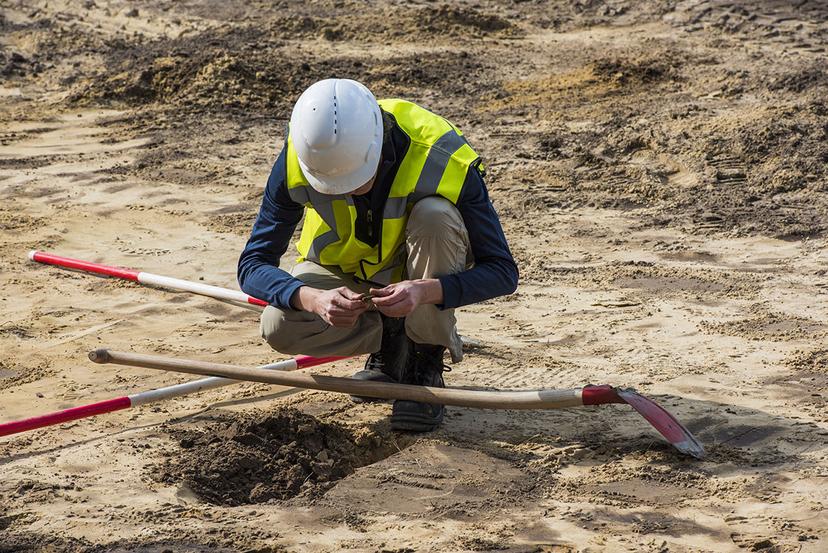Earth Sciences

Structure
Each of the earth sciences has its own set of specialties, but it can be divided into four main categories: geography, geology, meteorology, and oceanography. Geography is a kind of bridge between the physical and social sciences. It is concerned with the distribution of people and things, the location of places on the Earth's surface, and the relationships between people and their natural environment. It includes the study of topography (the overall arrangement of the land), landforms (mountains, plateaus, plains, canyons, and the like), climate, and such features of the natural environment as plants and animals, soils, minerals, and water resources.
Physical geography is the study of land and water features and the natural forces responsible for their occurrence. This branch includes climatology, the study of weather conditions over an extended period of time; geomorphology, or physiography, the study of surface features and topography; and mathematical geography, concerned with the Earth's size, shape, and movements.
Human geography is the study of the way human beings live in their physical and cultural environments. This branch includes cultural geography, the study of the geographical distribution of cultural traits; economic geography, the study of how people make a living; political geography, the study of the influence of geography on nations, national interests, and international relations; population geography, the study of the geographical distribution of humans and the analysis of changes in distribution patterns; urban and transportation geography, the study of cities and towns in relation to their location, size, shape, and function; regional geography, the study of physical, economic, political, and cultural characteristics of regions as small as a congressional district to as large as a continent; and medical geography, the study of epidemics, health-care delivery systems, and the ways in which our environment affects health.
Geology is divided into two main branches. Physical geology investigates the composition and structure of rocks and the forces that bring about change in the Earth's crust. This branch includes geochemistry, the analysis of the chemical composition of the Earth's crust; geomorphology, the description and study of external forms of the Earth's surface; mineralogy, the study of the chemical and physical properties of minerals; petrology, the study of the origin, occurrence, structure, and history of rocks; seismology, the study of earthquake shocks and their effects; and structural geology, the investigation of stresses and strains in the Earth's crust and the deformations they produce. Historical geology examines the rocks for evidence of conditions on the Earth's surface millions of years ago. It also traces the rise of plant and animal life as revealed by fossils. This branch includes geochronology, the study of time in relation to the history of the earth; paleontology, the study of fossils; and stratigraphy, the classification of rock sequences.
Geophysics, a branch of physical geology, is the application of the science of physics to the study of the Earth. Geophysicists have developed highly technical methods for investigating problems in geology, meteorology, and oceanography. Using sensitive instruments, geophysicists measure and describe physical forces that cannot be studied with equal accuracy by direct observation. They are interested primarily in natural forces, such as the forces generated by earthquakes, storms, and ocean currents. Geophysicists help locate oil and mineral deposits, underground water, and the flaws in rock formations at places where roads and dams are to be built.
Meteorology is the science of the atmosphere and its phenomena. It has two major divisions: Weather refers to the condition of the atmosphere in a specific place at a particular time; climate refers to average weather conditions in particular areas over a long period of time.
Oceanography is the science covering all aspects of ocean study and exploration. It draws on the sciences of botany, zoology, meteorology, physics, chemistry, geology, fluid mechanics, and applied mathematics. Physical oceanography is the study of water masses and ocean currents, the interaction between the ocean and atmosphere, and the relationship between the sea, weather, and climate. Chemical oceanography is the study of the distribution of chemical compounds and chemical interactions that occur in the ocean and the seafloor. Biological oceanography is the study of the forms of life in the sea. Geological and geophysical oceanography is the study of the shape and material of the ocean floor.
Depending on which division of the industry employs them, most earth scientists work either for private companies or academic or research institutions. A third large employer is the U.S. government or military, such as the Army Corps of Engineers. Other government employers include the U.S. Geological Survey (Department of the Interior), Department of Energy, Department of Agriculture, Forest Service, National Aeronautics and Space Administration (NASA), and the National Oceanic and Atmospheric Administration. Most jobs are considered as professional in nature.
